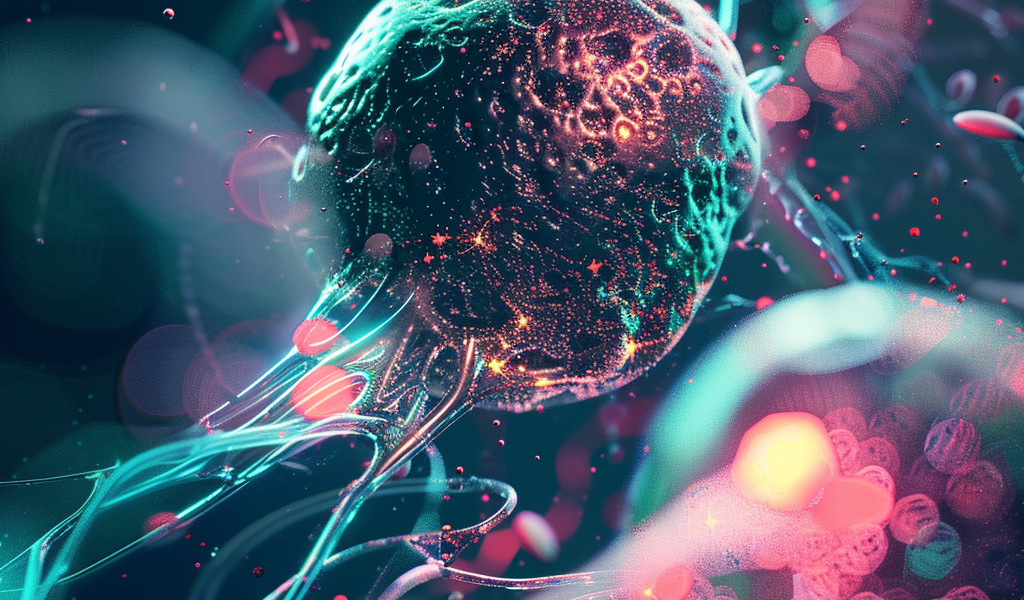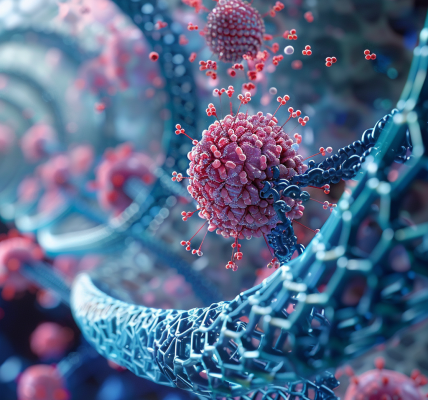A new artificial intelligence (AI) tool has been developed by KAUST bioinformatics researcher Maxat Kulmanov and colleagues, which promises to help scientists unravel the inner workings of the cell. The tool, named DeepGO-SE, outperforms existing analytical methods for forecasting protein functions and is even able to analyze proteins with no clear matches in existing datasets. In fact, the model was so accurate that DeepGO-SE was ranked in the top 20 of more than 1,600 algorithms in an international competition of function prediction tools.
DeepGO-SE takes advantage of large language models similar to those used by generative AI tools such as Chat-GPT. It then employs logical entailment to draw meaningful conclusions about molecular functions based on general biological principles about the way proteins work. This innovative approach essentially empowers computers to logically process outcomes by constructing models of part of the world — in this case, protein function — and inferring the most plausible scenario based on common sense and reasoning about what should happen in these world models.
According to Robert Hoehndorf, head of the KAUST Bio-Ontology Research Group, who supervised this research, “This method has many applications, especially when it is necessary to reason over data and hypotheses generated by a neural network or another machine learning model.”
Kulmanov and Hoehndorf collaborated with KAUST’s Stefan Arold, as well as researchers at the Swiss Institute of Bioinformatics, to assess the model’s ability to decipher the functions of proteins whose role is unknown. The team’s innovative AI tool, DeepGO-SE, has demonstrated its potential in drug discovery, metabolic pathway analysis, and beyond, offering a groundbreaking approach to understanding cellular mechanisms.





